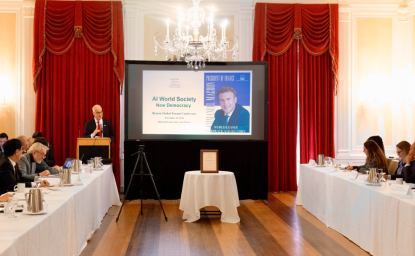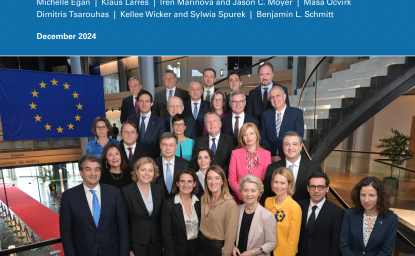The Latest
By: Eleonore Pauwels and Kunj Bhatt
A scientific community is not defined by individual success but rather by the teamwork and collaboration by a group of individuals sharing and building on ideas to generate new, innovative technologies. We are rapidly seeing a shift in the way scientists and researchers around the world are interacting with each other. Gone are the days in which you had to receive multiple degrees and work on many projects in order to make an impact in the scientific world. With the upsurge in crowdfunding, experts and non-experts alike are able to make meaningful contributions.
EteRNA, created by Rhiju Das and other researchers at Stanford University, is a game in which players have to create the most stable structure of a RNA molecule with the lowest energy conformation. Within minutes of starting the game, individuals have the opportunity to engineer and synthesize online RNA molecules that have never been discovered before. On top of that, the top RNA molecules that are voted on by members of the EteRNA community are synthesized in the Das Lab. This is ultimately a win-win situation for everyone. The researchers and scientists not only gain more knowledge about various RNA folding patterns but also have the chance to synthetically create these molecules to help create new drugs. On other hand, non-experts gain fundamental knowledge regarding biology. Furthermore, they feel empowered by their ability to push the boundaries of science and innovation. What is even more fascinating is that playing this game is easier than playing a game of Tetris. While Tetris has multiple shapes, EteRNA is composed of only 4 nucleotides, U-T-C-G, which make up a RNA molecule. This game is ultimately about arranging these molecules in a certain form, along a single strand, to create a macromolecule.
What is interesting is that many of the human players are able to outmatch the computer algorithms and produce more stable compounds. Through trial and error, many human players learned the binding patterns and rules better than the computers.
Through this project, Rhiju Das has revolutionized the way individuals work and interact in the scientific community. With the incentive that the most popular RNA molecules will be synthesized, individuals flocked at the prospect of gaining a form of “scientific capital”; capital that is now accessible to non-biologists. EteRNA reflects the unique combination of a little computer science and biochemistry and a whole lot of imagination.

Science and Technology Innovation Program
The Science and Technology Innovation Program (STIP) serves as the bridge between technologists, policymakers, industry, and global stakeholders. Read more

Explore More
Browse Insights & Analysis
2024 AI World Society - New Democracy

Transatlantic Relations Under the New European Commission







